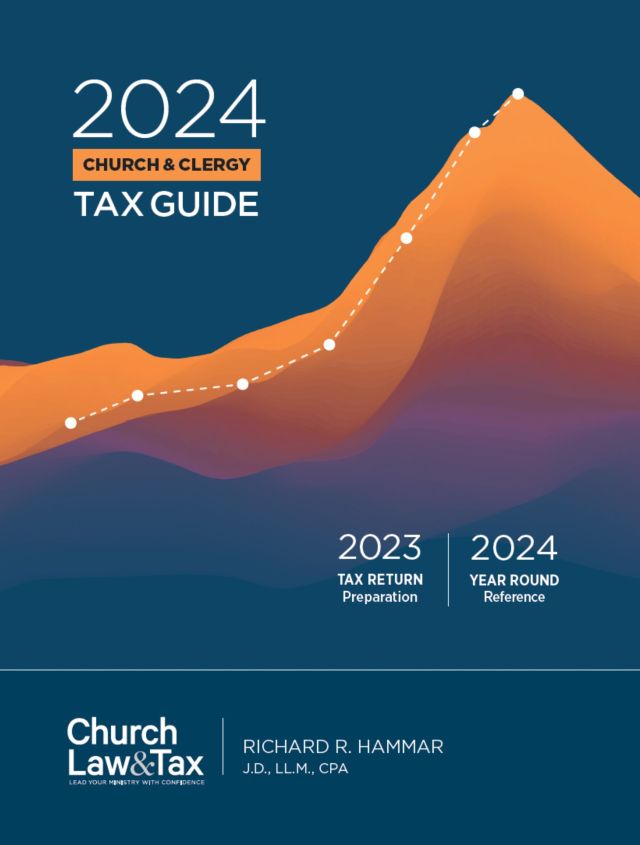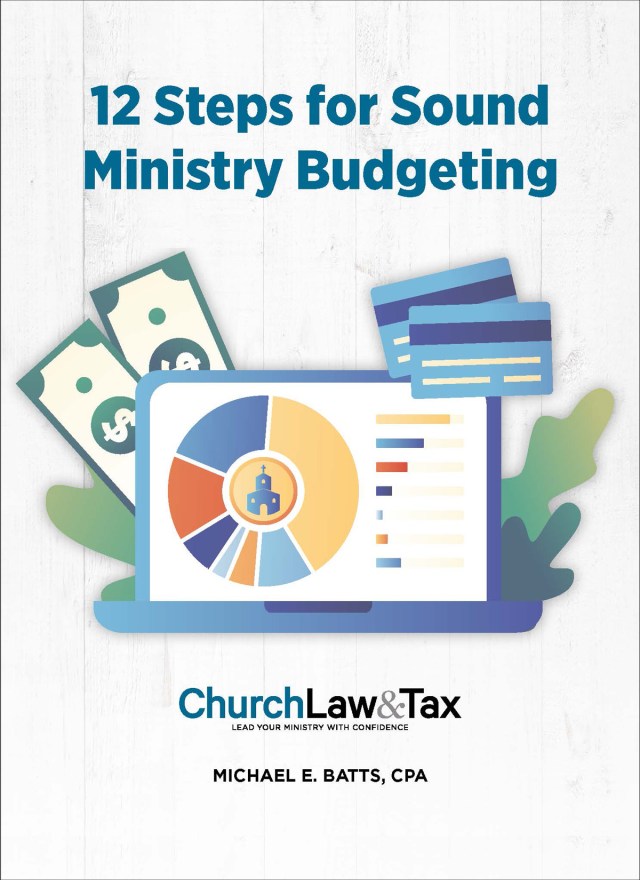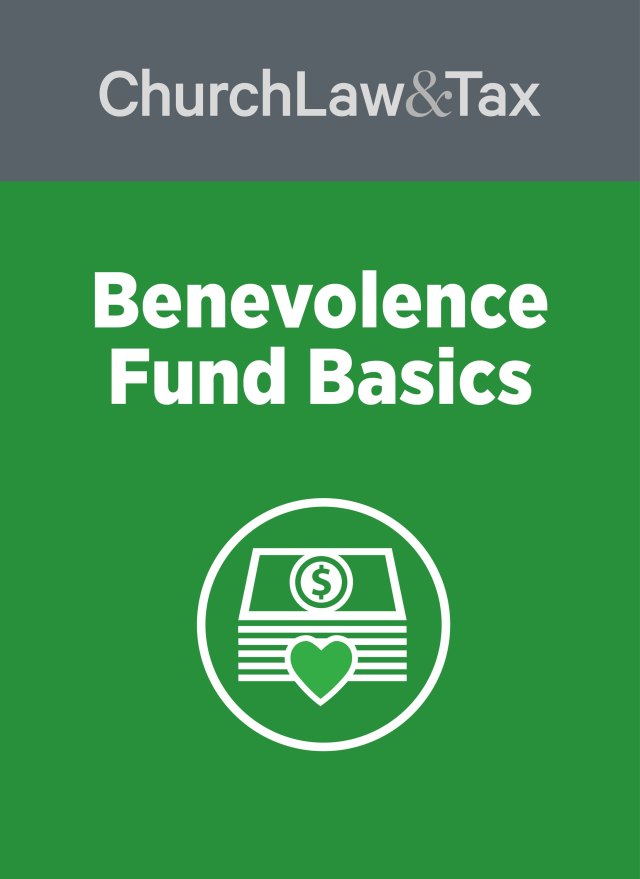In churches and other nonprofits, benevolence programs are essential for meeting the needs of under-resourced individuals—those who cannot meet essential needs for themselves or their families. These programs stem from a church’s desire to do good, extend kindness, and provide charity to those in need. While most benevolence programs involve financial support, any resource-providing initiative falls under this category.
The Concept of a Charitable Class
For a benevolence program to align with a church’s tax-exempt status, it must serve a “charitable class.” This includes groups such as children, the elderly, or the underprivileged. Importantly, the class must be large or indefinite to avoid benefiting private interests. For instance, Private Letter Ruling 201205011 illustrates that programs serving small, specific groups—like a single family—do not meet the criteria.
Key Points:
- If a program does not serve a valid charitable class, it likely does not meet the criteria for tax exemption.
- Most benevolence programs aim to assist individuals experiencing financial hardships or unusual stressors.
Structuring a Benevolence Program
Successful benevolence programs are well-structured, ensuring both efficiency and compliance with exempt status requirements. According to IRS guidelines, a formal structure safeguards both church employees and the decision-making process.
Essential Elements:
- Verification Process: Applicants should provide proof of need and belong to a charitable class.
- Application and Documentation: Use forms to document the decision-making process, including proof of payment guidelines.
- Policy Guidelines: Clearly outline approval processes, types of needs supported, and other requirements.
- Tax Considerations: Payments to third parties may require reporting, such as Form 1099-NEC or Form 1099-MISC.
Example Policies:
- Define approval authorities and limits.
- Determine eligibility criteria for church members versus the community.
- Prohibit linking benevolence to tithing records.
Create a policy—or compare an existing one—with Richard Hammar’s sample benevolence fund policy.
Special Considerations
Discretionary Funds
Discretionary funds used for benevolence must meet documentation requirements. Ministers should complete applications on behalf of recipients when necessary.
Repeat Requests
Churches should plan for long-term needs, such as chronic illnesses, by:
- Obtaining board approval for extended assistance.
- Reevaluating needs regularly.
- Helping recipients explore other resources.
Designated Gifts
Churches cannot accept contributions earmarked for individuals. Instead, solicit donations for the benevolence fund to maintain compliance.
Employee Benevolence
According to Internal Revenue Code Section 102, benevolence for employees is taxable. Assistance for employees or their family members must be carefully documented and reported appropriately.
Exceptions Under IRC Section 139
During IRS-declared disasters, churches may offer tax-free assistance to employees and eligible family members.
FAQs About Benevolence Programs for Churches
What is a benevolence program? A program designed to provide financial or resource-based aid to those in need, operated within a church’s charitable guidelines. Are benevolence programs tax-exempt? Yes, if they serve a valid charitable class and comply with IRS regulations. Can churches accept designated gifts for individuals? No, donations must be directed to the benevolence fund, not specific individuals. Are benevolence payments taxable? They are not taxable to recipients unless the recipient is an employee of the church.
Benevolence programs provide essential support for individuals in need. By following structured policies and compliance guidelines, churches can maximize their impact while adhering to legal and ethical standards.





